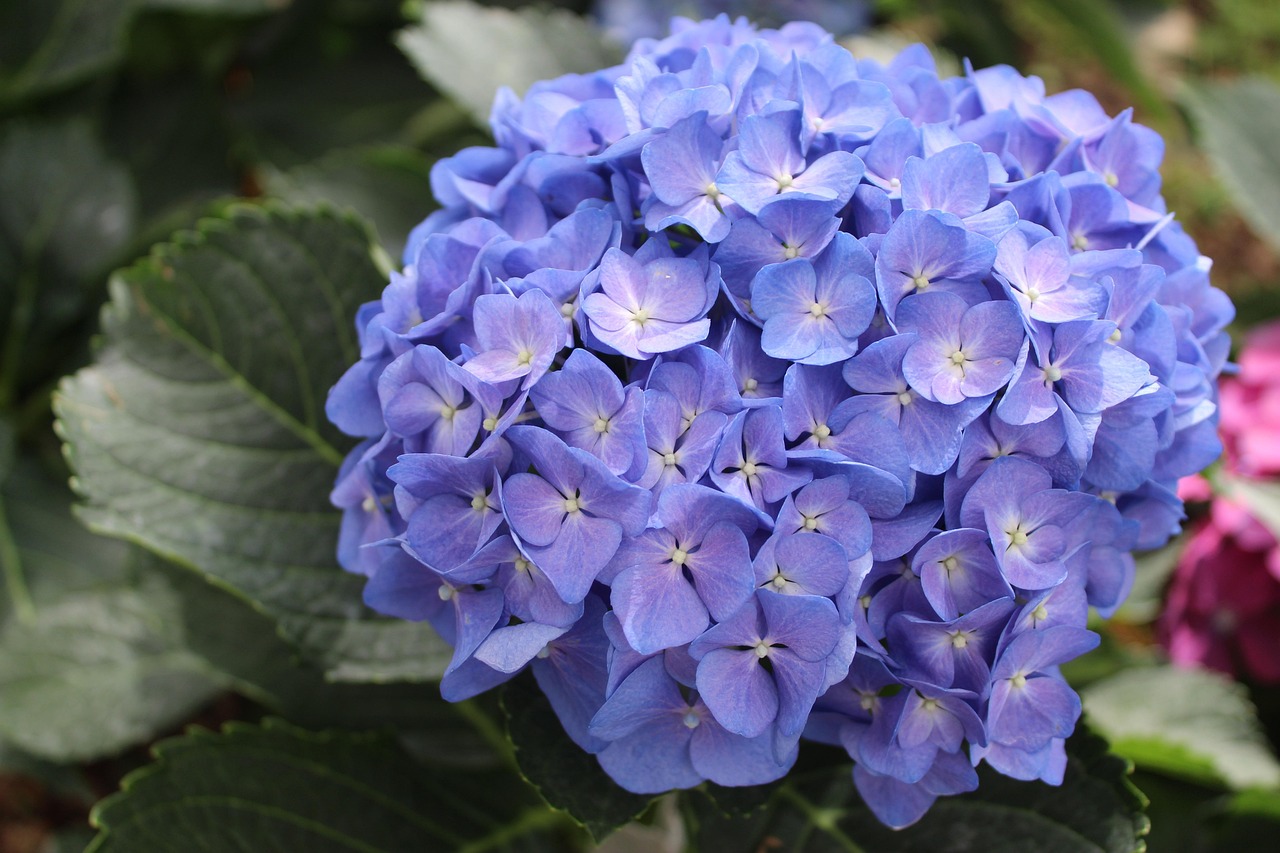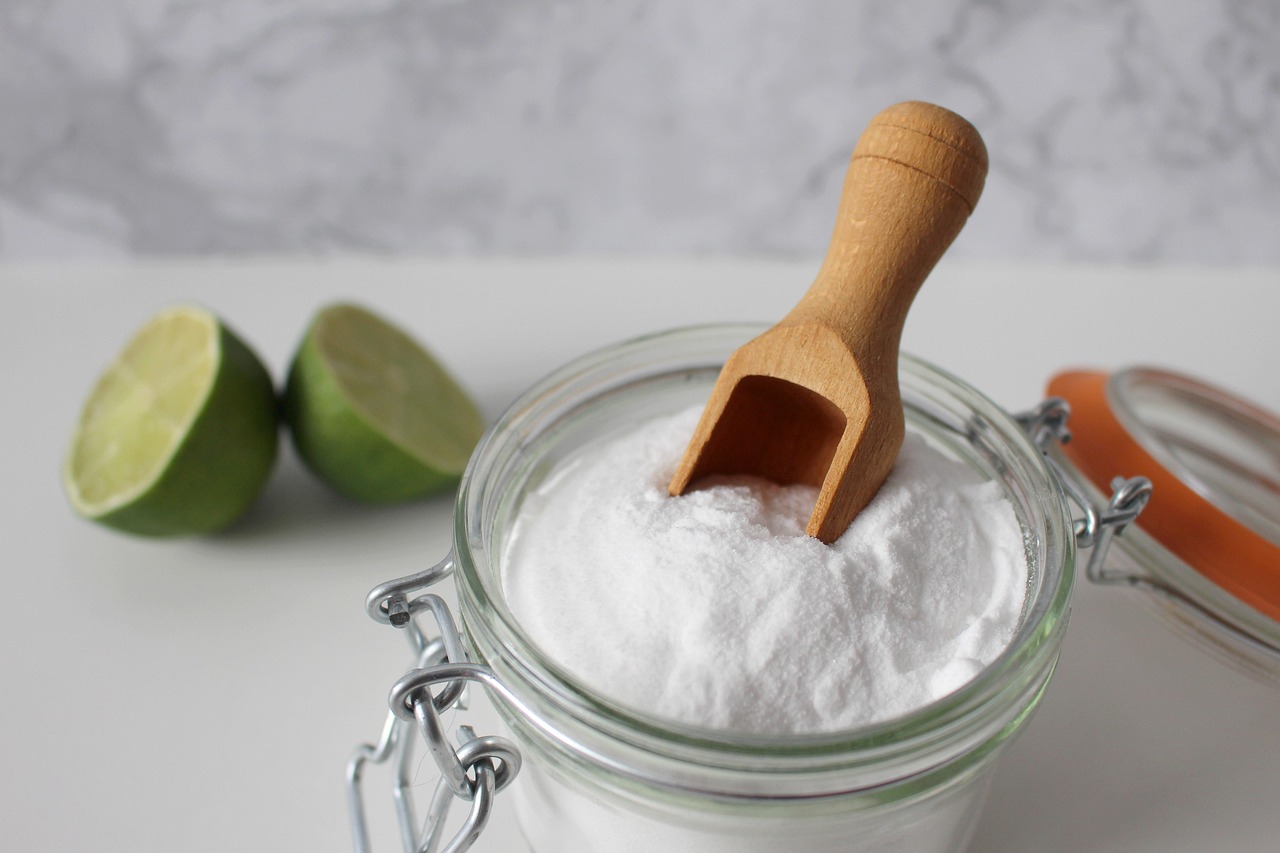
Imagine strolling through your garden, greeted by vibrant hydrangea blooms bursting with color—pinks that pop, blues that dazzle, and purples that mesmerize. If your hydrangeas are looking a bit lackluster, there’s a surprising household item that might just be the game-changer you need: baking soda. Yes, that humble box sitting in your kitchen could unlock the secret to brighter, more vivid blooms! This article dives into how baking soda can transform your hydrangeas, why it works, and how to use it safely to ensure your garden thrives. Whether you’re a seasoned gardener or a beginner with a green thumb in training, this guide will help you harness the power of baking soda for breathtaking results.
Why Baking Soda? Understanding Its Magic

The Science Behind the Bloom Boost
Baking soda, or sodium bicarbonate, isn’t just for baking cookies or freshening your fridge. In the garden, it plays a unique role by influencing soil chemistry, which directly affects hydrangea blooms. Hydrangeas are known for their ability to change color based on soil pH—acidic soils produce blue flowers, while alkaline soils yield pink or red hues. Baking soda, being slightly alkaline, can nudge the soil’s pH, encouraging those coveted pink blooms or intensifying the vibrancy of your flowers.
But it’s not just about color. Baking soda can also help hydrangeas absorb nutrients more effectively, leading to healthier plants and more robust blooms. It’s like giving your hydrangeas a little TLC with a pantry staple!
Is Baking Soda Safe for Hydrangeas?
You might be wondering, Is it really okay to put baking soda on my plants? The answer is yes—when used correctly. Baking soda is gentle enough for hydrangeas when applied in moderation, but overuse can harm your plants or disrupt soil balance. The key is precision, and we’ll walk you through exactly how to do it right.
How Baking Soda Affects Hydrangea Blooms
Shifting Soil pH for Color Control
Hydrangeas are like nature’s mood rings, with their blooms reflecting the soil’s pH. Here’s a quick breakdown:
- Acidic soil (pH below 6): Produces blue or purple flowers.
- Neutral soil (pH around 6-7): Yields a mix of colors or creamy white blooms.
- Alkaline soil (pH above 7): Encourages pink or reddish flowers.
Baking soda raises the soil’s pH slightly, making it more alkaline. This can shift blue hydrangeas toward pink or enhance the intensity of pink varieties. If you’ve been dreaming of those vibrant pink mophead hydrangeas, a sprinkle of baking soda might be your ticket.
Boosting Nutrient Uptake
Beyond color, baking soda can improve how hydrangeas absorb essential nutrients like phosphorus and potassium, which are crucial for flower production. Healthier plants mean bigger, brighter blooms that last longer. Think of baking soda as a catalyst that helps your hydrangeas reach their full potential.
How to Use Baking Soda on Hydrangeas
Step-by-Step Guide to Application
Ready to give your hydrangeas a boost? Here’s how to apply baking soda safely and effectively:
- Test Your Soil pH: Before you start, check your soil’s pH using a home testing kit (available at garden centers or online). This will help you determine how much adjustment is needed.
- Prepare the Baking Soda Solution: Mix 1 tablespoon of baking soda with 1 gallon of water. Stir until fully dissolved to avoid concentrated spots that could burn roots.
- Apply to the Soil: Water the soil around the base of your hydrangea with the solution, avoiding the leaves and flowers. Do this once every 4-6 weeks during the growing season (spring to early summer).
- Monitor the Plant: Keep an eye on your hydrangea’s leaves and blooms. If you notice yellowing leaves or no color change after a few weeks, reduce the frequency or stop application.
- Combine with Good Practices: Ensure your hydrangeas get adequate water, sunlight (partial shade is ideal), and well-draining soil for the best results.
Dosage Matters: Avoid Overdoing It
Too much baking soda can raise the soil pH too quickly, stressing your plants or causing nutrient imbalances. Stick to the recommended dilution and apply sparingly. If you’re unsure, start with a smaller amount and observe how your hydrangeas respond.
When to Use Baking Soda for Best Results
Timing Is Everything
For the most vibrant blooms, timing your baking soda application is key. Apply the solution in early spring as new growth begins, giving the plant time to adjust before blooming season. Avoid applying baking soda in late summer or fall, as hydrangeas are preparing for dormancy and won’t benefit as much.
Weather Considerations
Apply the solution on a mild, overcast day to prevent stress on the plant. Avoid applying during extreme heat or drought, as this can exacerbate any potential negative effects.
Benefits of Using Baking Soda on Hydrangeas
Brighter, Bolder Blooms
The most obvious perk is the potential for more vivid colors. If you’re aiming for pink hydrangeas, baking soda can help achieve that rosy glow. Even if you’re happy with your current bloom color, the nutrient boost can make flowers larger and more vibrant.
Cost-Effective and Accessible
Baking soda is inexpensive and easy to find, making it a budget-friendly alternative to commercial soil amendments. No need for fancy fertilizers—a box of baking soda costs just a couple of dollars!
Eco-Friendly Gardening
Using baking soda is a natural approach to gardening, reducing the need for chemical-based products. It’s a win for both your hydrangeas and the environment.
Potential Risks and How to Avoid Them
Over-Alkalizing the Soil
While baking soda is generally safe, overuse can make the soil too alkaline, locking out essential nutrients like iron and causing leaves to yellow (a condition called chlorosis). To avoid this:
- Always test soil pH before and after application.
- Use the recommended dilution (1 tablespoon per gallon).
- Stop application if you notice signs of stress, like wilting or yellowing.
Leaf Burn and Root Damage
Direct contact with undiluted baking soda can burn leaves or roots. Always dissolve baking soda in water and apply it to the soil, not the plant itself.
Alternatives to Baking Soda for Hydrangeas
If Baking Soda Isn’t for You
Not sold on baking soda? Here are other ways to influence hydrangea color and health:
- For Blue Blooms: Add aluminum sulfate or coffee grounds to lower soil pH.
- For Pink Blooms: Lime or wood ash can also raise soil pH, similar to baking soda.
- General Health: Organic compost or a balanced fertilizer (10-10-10) supports overall plant vigor.
Each option has its pros and cons, so choose based on your soil’s current pH and your desired bloom color.
Common Questions About Baking Soda and Hydrangeas
Can Baking Soda Harm My Hydrangeas?
When used sparingly, baking soda is safe. Overuse, however, can disrupt soil chemistry. Stick to the guidelines above to keep your plants happy.
How Long Does It Take to See Results?
Color changes may take a few weeks to a season, depending on the plant and soil conditions. Nutrient uptake improvements can show up sooner, with healthier-looking leaves and blooms.
Will Baking Soda Work on All Hydrangea Varieties?
Not all hydrangeas change color with pH. Mophead and lacecap varieties (Hydrangea macrophylla) are most responsive, while white-flowered hydrangeas like ‘Annabelle’ won’t shift color but may still benefit from the nutrient boost.
Tips for Maximizing Hydrangea Success
Beyond Baking Soda
To ensure your hydrangeas thrive, consider these additional tips:
- Prune Wisely: Trim dead or damaged branches in late winter or early spring to encourage new growth.
- Water Consistently: Hydrangeas love moist but well-drained soil. Water deeply once or twice a week, depending on rainfall.
- Mulch for Protection: A layer of organic mulch (like bark or compost) helps retain moisture and regulate soil temperature.
- Choose the Right Spot: Hydrangeas prefer morning sun and afternoon shade to avoid wilting in intense heat.
Pairing Baking Soda with Other Care Practices
Baking soda works best as part of a holistic care routine. Combine it with proper watering, pruning, and fertilizing for a garden that steals the show.
